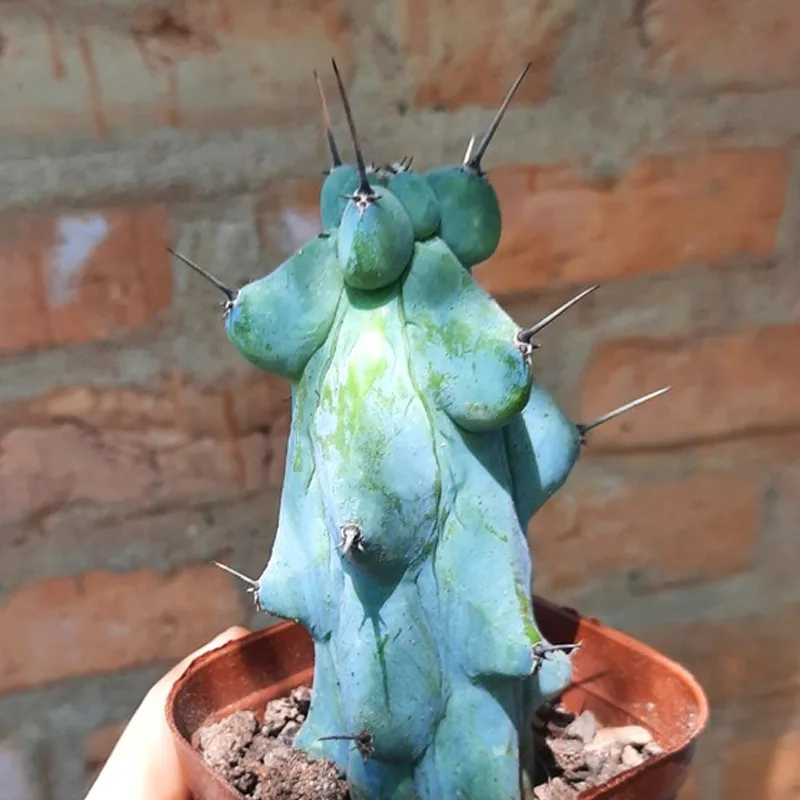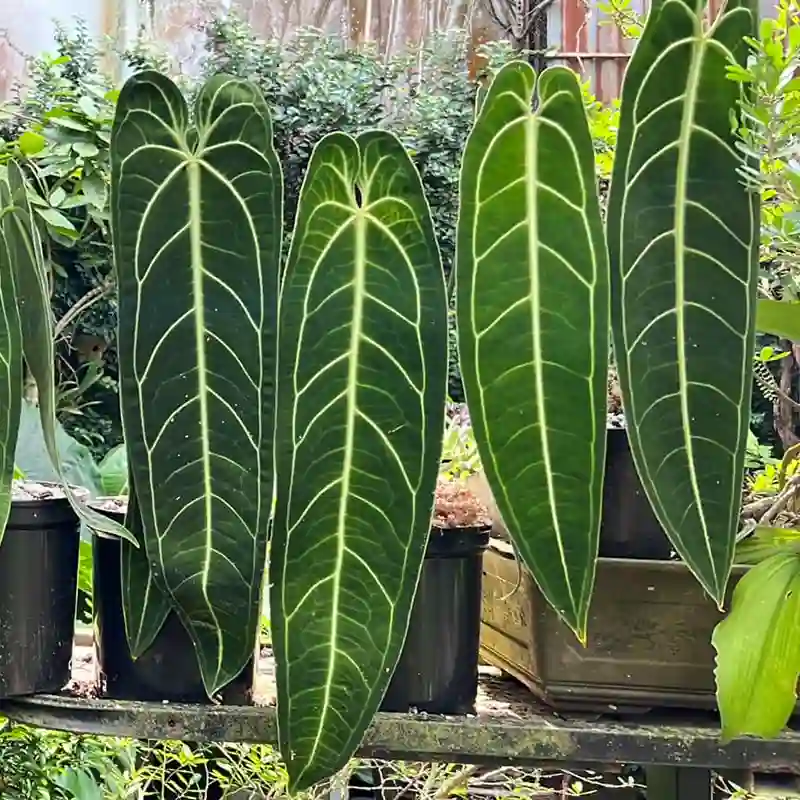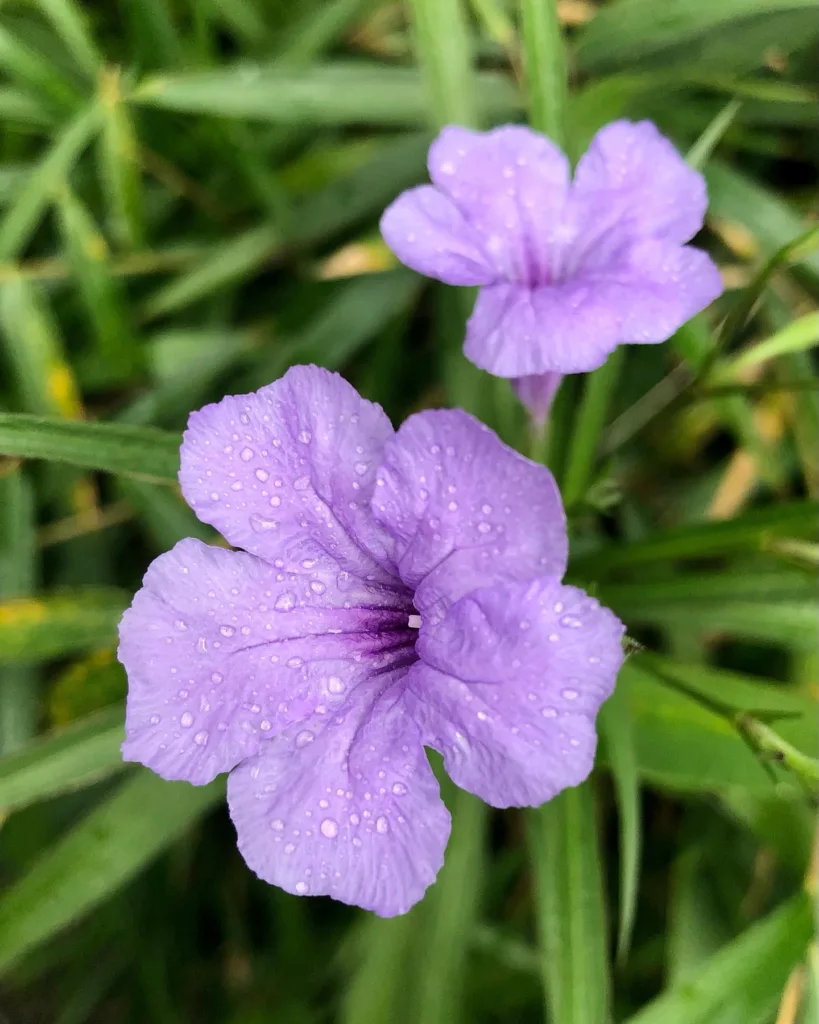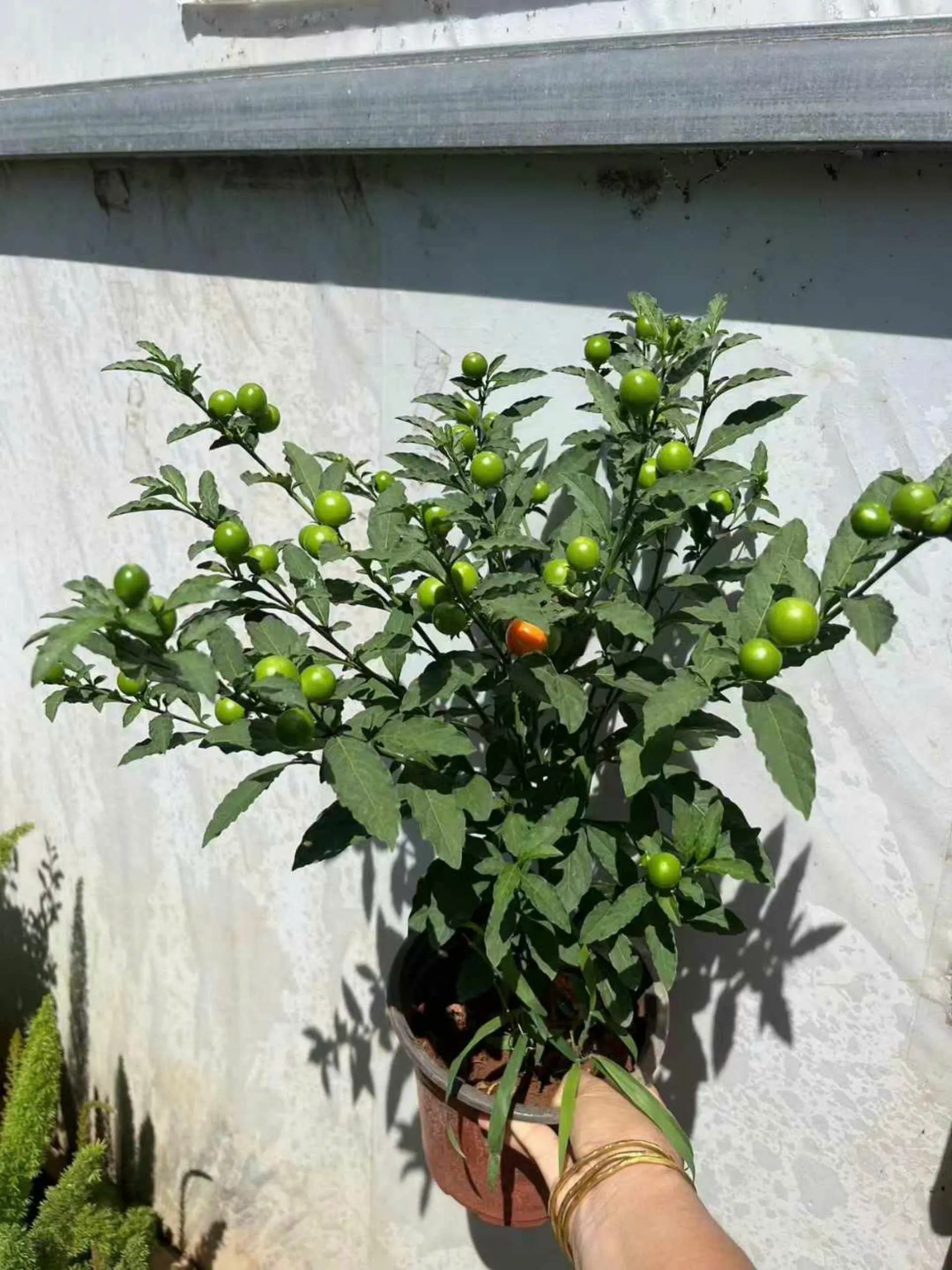Discovering the Asteropeiaceae Family: My Journey with Asteropeia
When diving into the fascinating world of plants, I’m always on the lookout for species and families that capture my attention. One such discovery that stands out for me is the Asteropeiaceae family, with its only genus, Asteropeia. This family is unique in its history, biodiversity, and ecological role, and today, I want to share my personal experiences and insights into this intriguing plant family.
Introduction to the Asteropeiaceae Family
The Asteropeiaceae family belongs to the order Caryophyllales, a plant group known for its diversity. Unlike some of the more popular families like Asteraceae or Poaceae, Asteropeiaceae is much less recognized. However, that doesn’t make it any less interesting.
The Asteropeiaceae family consists of a single genus, Asteropeia, which comprises a few species that are native to Madagascar. It’s always exciting for me to explore plants that have such specific geographical origins because they often reveal fascinating ecological stories and adaptations.
Exploring the Genus Asteropeia
The genus Asteropeia is made up of several species, each distinct but sharing a core set of characteristics that link them to their family. These species thrive in the Madagascar rainforest, a biodiversity hotspot that contributes to their ecological importance.
What initially drew me to Asteropeia was its unique morphology. The plants in this genus typically have leathery leaves that give them a sturdy appearance, and their ability to thrive in the unique soil conditions of Madagascar adds to their resilience. This is a family that’s well-adapted to its environment, which is a feature I’ve always admired in plants. In particular, the way Asteropeia species handle the often nutrient-poor soils of Madagascar’s highland regions is fascinating. Their leathery leaves, along with robust root systems, help them manage in this challenging habitat.
Botanical Characteristics of Asteropeia
While looking at Asteropeia, I was immediately struck by its resemblance to some other members of Caryophyllales, particularly in terms of floral structures. This genus boasts beautiful, small, white flowers that cluster together, creating a striking contrast against the deep green of the foliage. The flowers, though not particularly showy, have a delicate beauty that I’ve come to appreciate with time.
The wood of Asteropeia species is another feature that caught my attention. It’s incredibly dense and has been historically used for timber in Madagascar. However, this has also led to overexploitation, putting some species at risk of becoming endangered. The balance between appreciating their beauty and the responsibility of conservation is something I constantly think about.
Ecological Role and Importance
Madagascar’s unique ecosystem relies on plant families like Asteropeiaceae. Asteropeia species are important not only for the local biodiversity but also for the overall health of the rainforest. They contribute to the canopy structure, providing habitats for various animals and other plants. Their roots help prevent soil erosion in Madagascar’s steep, rugged landscapes, further highlighting their ecological significance.
One of the reasons I’ve become so enamored with the Asteropeiaceae family is their role in Madagascar’s fragile ecosystem. As we know, Madagascar is home to a vast array of endemic species, but many are threatened due to habitat destruction. Learning about how Asteropeia helps sustain its environment makes me more conscious of our need to protect such plants.
Conservation Concerns
Given my interest in rare plants, I often find myself drawn to the conservation challenges surrounding specific families. The Asteropeia genus is no exception. Due to deforestation and overharvesting, some species within this genus face serious threats. Madagascar’s unique flora, including Asteropeia, is under pressure, which makes conservation efforts critical.
Understanding the vulnerability of Asteropeia made me reflect on the broader issue of plant conservation. In my view, protecting plants like these involves more than just preserving individual species. It’s about maintaining ecosystems, preventing soil degradation, and safeguarding the diversity that underpins healthy environments.
Personal Reflection
My journey with the Asteropeiaceae family has been a lesson in appreciating the intricate balance between nature and human interaction. These plants are not just aesthetically pleasing; they represent resilience, adaptability, and the fragility of ecosystems like Madagascar’s. Through my exploration of Asteropeia, I’ve come to realize that even lesser-known plant families deserve our attention and protection.
In the broader context of plant enthusiasts, I think it’s essential to recognize the role we play in raising awareness about these lesser-known species. While we might often focus on the more popular plants, the discovery of families like Asteropeiaceae has deepened my appreciation for the diversity that exists in nature.
Conclusion: Why Asteropeiaceae Matters
The Asteropeiaceae family, with its sole genus Asteropeia, has captured my fascination through its unique adaptations, ecological importance, and conservation challenges. It reminds me that even in the world of plants, the lesser-known families can hold some of the most captivating stories.
As I continue my exploration of plant life, I’m reminded that biodiversity is not just about the big, showy plants that dominate our gardens and parks. Sometimes, the most fascinating discoveries lie in the quiet, unassuming plants like Asteropeia, waiting to be appreciated for their beauty and ecological significance.
In the end, my journey with Asteropeiaceae is far from over. There’s always more to learn, and I hope that by sharing my experiences, others might also take an interest in these remarkable plants and the vital role they play in our world.
If i die, water my plants!



